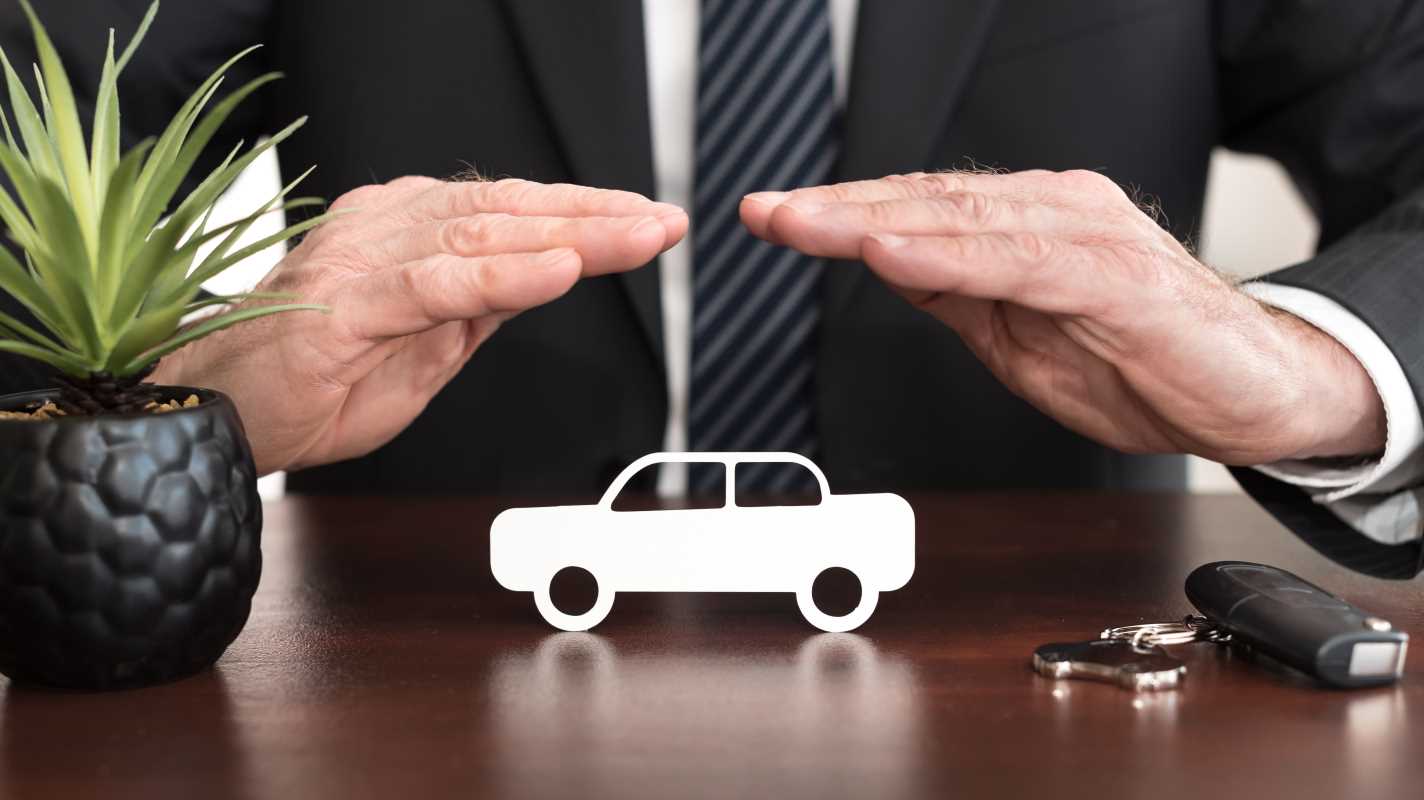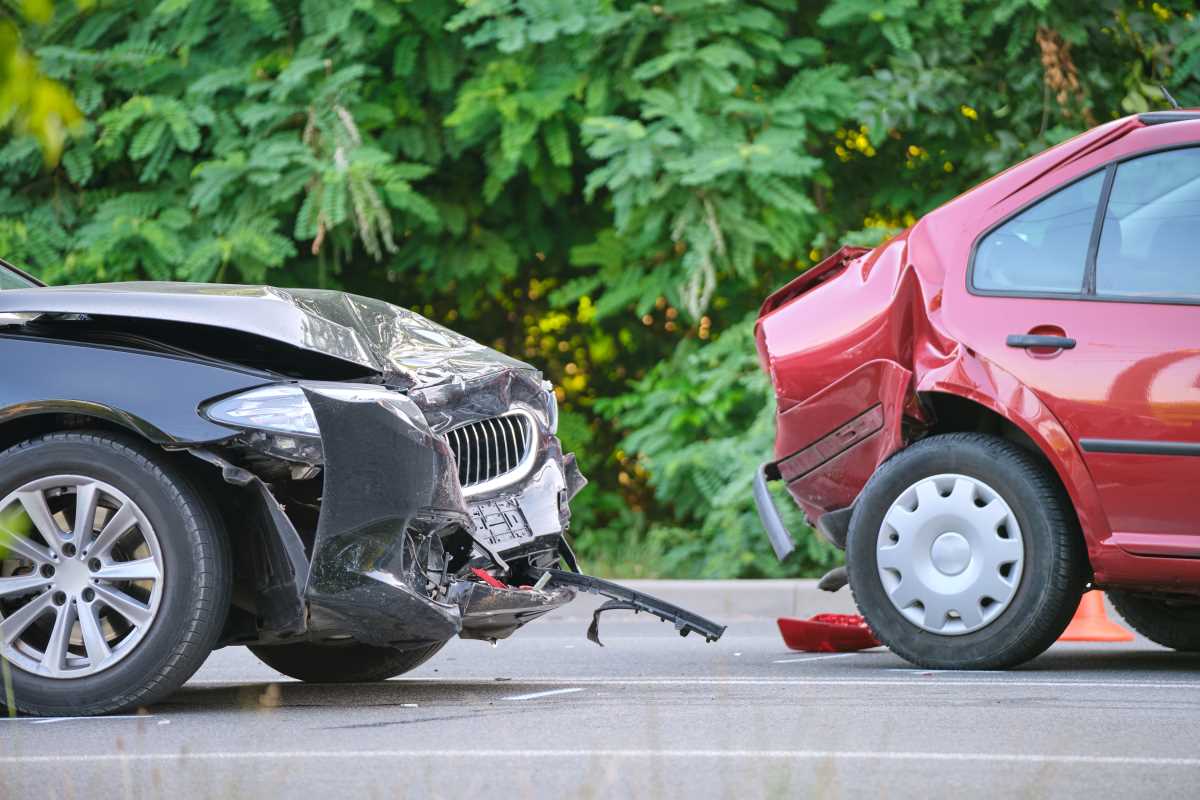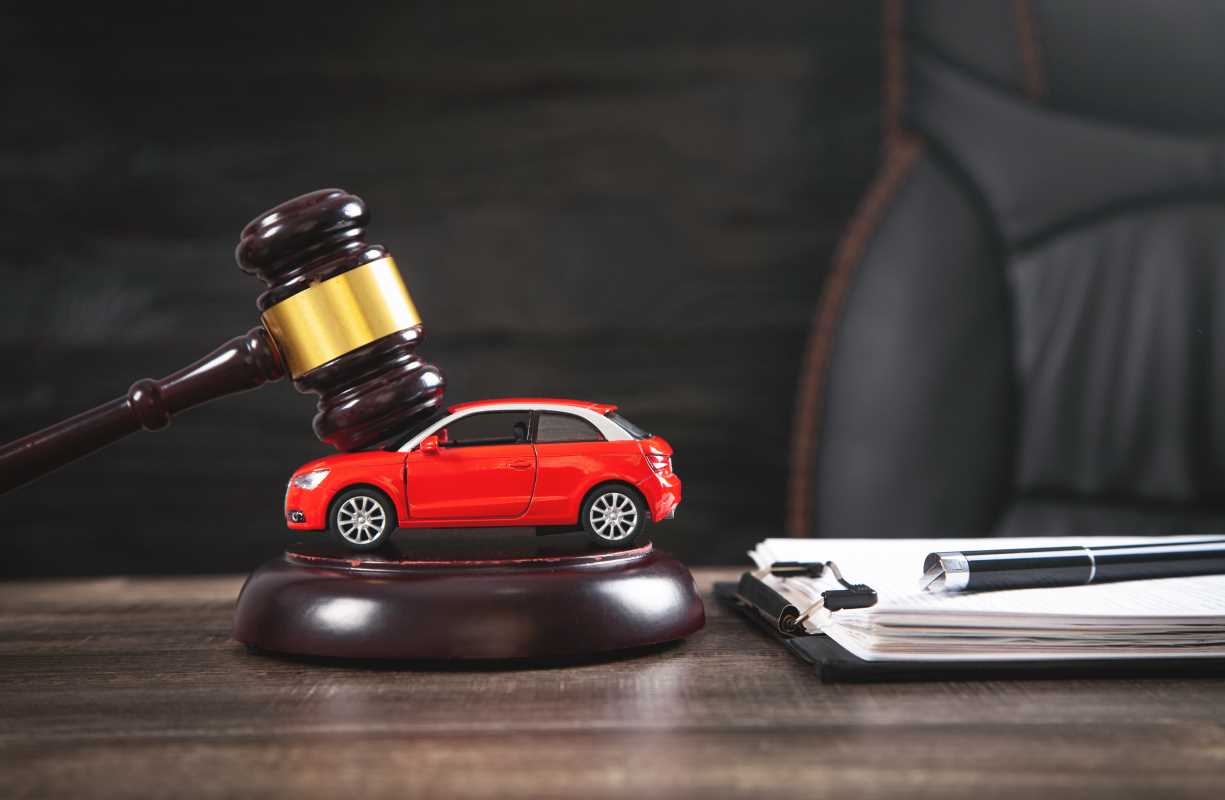You’ve probably heard the term “full coverage” thrown around when talking about car insurance. It sounds great—like a magical shield that protects you from absolutely anything that could happen to your car. However, one of the biggest misconceptions in the insurance world is that “full coverage” is a specific, all-inclusive product you can buy off the shelf. In reality, it’s not an official policy type at all. It’s industry shorthand for a bundle of different coverages that, when combined, offer a robust level of financial protection for you and your vehicle. Understanding what’s actually in this bundle is key to building a policy that truly protects your car, your wallet, and your legal standing on the road. It’s about creating a personalized safety net, not just checking a box.
What People Mean by “Full Coverage”
When someone says they have “full coverage,” they are typically referring to a policy that includes three core components: Liability, Collision, and Comprehensive coverage. Liability is the foundation, covering damages you cause to other people and their property. Collision pays to repair your own car after an accident, regardless of who is at fault. Comprehensive handles damage to your car from non-accident events like theft, storms, or hitting a deer.
In many cases, a truly "full" policy also includes other important protections depending on state requirements and smart financial planning. These often include Uninsured and Underinsured Motorist (UM/UIM) coverage, which protects you if you're hit by a driver with little or no insurance. It can also include Medical Payments (MedPay) or Personal Injury Protection (PIP), which help pay for medical bills for you and your passengers after an accident. So, a full coverage policy is really a suite of protections designed to cover a wide range of potential scenarios.
What Full Coverage Actually Covers—and What It Doesn’t
A full coverage policy is powerful, but it doesn't cover everything. Its primary job is to pay for repairs to your own car after a collision, damage from weather events like hail, fire, or flooding, and situations like theft or vandalism. It’s the coverage that steps in when you hit an animal on the road or when a tree branch falls on your hood during a storm. In short, it protects the value of your vehicle from sudden and accidental loss.
However, the exclusions are just as important to understand. A standard policy does not cover normal wear and tear, routine maintenance like oil changes and new tires, or mechanical breakdowns. If you have installed expensive aftermarket parts like custom wheels or a high-end stereo, they may not be covered unless you purchase a special endorsement. Using your personal car for business purposes, including driving for a rideshare service like Uber or Lyft, is also a major exclusion. These activities require a separate commercial or rideshare policy to be properly covered.
Picking Proper Liability Limits
The liability portion of your policy is arguably the most important, as it protects your personal assets from lawsuits. Every state has a legal minimum amount of liability coverage you must carry, but these minimums are often dangerously low. A single serious accident can easily result in medical bills and property damage that far exceed state minimums, leaving you personally responsible for paying the difference.
A much safer and more realistic starting point for liability limits is often referred to as 100/300/100. This means your policy would cover up to $100,000 for bodily injury per person, $300,000 for all bodily injuries in one accident, and $100,000 for property damage. If you have significant assets, like a house or substantial savings, you should consider even higher limits or a separate umbrella policy. The more you have to protect, the higher your liability limits should be.
Deductibles and How They Change the Price
For your collision and comprehensive coverages, you will need to choose a deductible. This is the amount you pay out-of-pocket for a claim before the insurance company pays the rest. Your deductible applies on a per-claim basis. Common deductible amounts are $500 and $1,000. These numbers have a direct impact on your premium; a higher deductible means a lower premium, and a lower deductible means a higher one.
Choosing the right deductible is a balancing act. A higher deductible, like $1,000, can save you a significant amount on your yearly premium, but you must be comfortable paying that amount on short notice if you have to file a claim. This makes a higher deductible a great choice for someone with a healthy emergency fund. If your savings are limited, a lower $500 deductible might be a safer bet, providing peace of mind even if it costs a bit more each month.
Smart Add-Ons That Matter for Modern Cars
Modern vehicles are packed with technology that makes them safer but also more expensive to repair. A basic full coverage policy might not be enough, but several smart add-ons can fill the gaps. An Original Equipment Manufacturer (OEM) parts endorsement ensures that repair shops use parts from your car's original maker, which is crucial for fit, finish, and safety systems. For a new car, Gap Insurance or New Car Replacement coverage is vital. Gap pays the difference between your car's value and your loan balance if it's totaled.
Consider a robust rental reimbursement plan that covers "alternative transportation," as finding an EV or a specific type of vehicle to rent can be tricky. For EVs, a roadside assistance plan that covers towing to a charging station is a must. Lastly, a separate glass coverage option with a low or zero deductible can be a great value, especially since replacing a modern windshield often requires costly recalibration of the advanced driver-assistance systems (ADAS) mounted behind it.
How to Compare Full Coverage Quotes
To find the best price on a full coverage policy, you must shop around and compare quotes from at least three to five different insurance companies. The key is to make an "apples-to-apples" comparison. Use your current policy's declarations page as a guide and get quotes for the exact same liability limits, deductibles, and add-on coverages from each company.
Certain life events, like moving, getting married, or buying a home, should always prompt you to re-shop your insurance, as your rates could change dramatically. Don't forget to ask about bundling your auto insurance with a homeowners or renters policy, as this often unlocks a significant discount. However, bundling isn't always the cheapest path, so it’s still wise to get standalone quotes to be sure you’re getting the best overall deal.
When Full Coverage Makes Sense—and When It Might Not
So, who needs full coverage? If you have a loan or lease on your vehicle, your lender will require you to have it to protect their investment. It's also a wise choice for newer cars or any vehicle you couldn't afford to replace out of your own pocket. If you live in an area with high rates of auto theft or frequent severe weather like hailstorms, comprehensive coverage is especially valuable.
Conversely, there comes a point when full coverage may no longer be financially sensible. If you drive an older, paid-off car with a low market value, the cost of collision and comprehensive coverage might outweigh the potential benefit. A good rule of thumb is to compare the car's value to the annual cost of the coverage plus your deductible. If you'd pay more for the insurance than the car is worth, it may be time to consider dropping the "full coverage" and keeping only your liability insurance.







